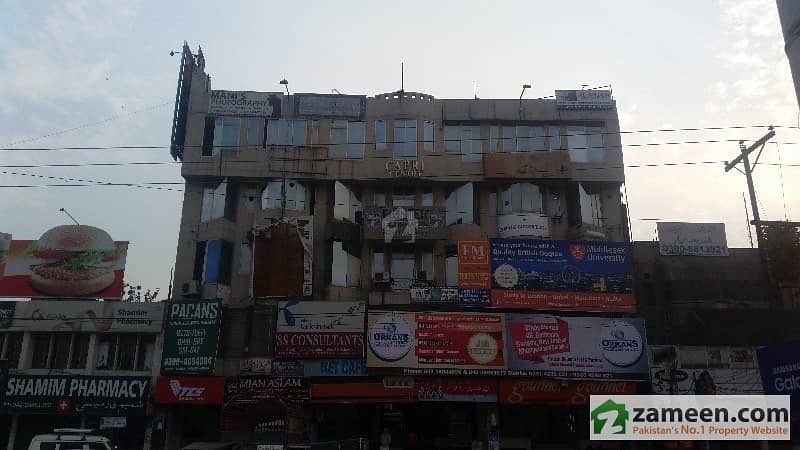
Owning Solar Panels vs Owning Fiber Optic Connections (10 points)
I know owning fiber connections isn't a thing yet, but neither was roof-top solar. In this thread I compare owning your electricity with owning your Internet.
I know owning fiber connections isn't a thing yet, but neither was roof-top solar. In this thread I compare owning your electricity with owning your Internet.
1. Physics: Fiber wins BIGLY.
Solar generates power during the day only. Solar panel efficiency is still improving. Not much more to be done with the physics of a fiber topic strand. Accessing more bandwidth just requires upgrading electronics that don't cost much.
Solar generates power during the day only. Solar panel efficiency is still improving. Not much more to be done with the physics of a fiber topic strand. Accessing more bandwidth just requires upgrading electronics that don't cost much.
2. Construction cost: Fiber wins slightly
Solar roof cost ranges from $15,000 - $25,000. An average fiber connection costs $2,000 in America! Fiber Optic Association considers $4,200 / household to be a complex rural project.
Solar roof cost ranges from $15,000 - $25,000. An average fiber connection costs $2,000 in America! Fiber Optic Association considers $4,200 / household to be a complex rural project.
3. Depreciation cycle: Tie
A fiber cable will last 30 years easily. Solar panels about the same. But solar panels of tomorrow will be more efficient. Fiber is already kind of perfected from a physics perspective. Improvements are all coming from the electronics not the strand.
A fiber cable will last 30 years easily. Solar panels about the same. But solar panels of tomorrow will be more efficient. Fiber is already kind of perfected from a physics perspective. Improvements are all coming from the electronics not the strand.
4. Collateral quality: Solar wins
Solar panels can be removed and sold in the secondary market. Digging out a fiber cable to re-sell it will never make sense. But a small scale fiber network can be sold to an ISP in many cases for 20-30 cents on the dollar.
Solar panels can be removed and sold in the secondary market. Digging out a fiber cable to re-sell it will never make sense. But a small scale fiber network can be sold to an ISP in many cases for 20-30 cents on the dollar.
5. Pay-back period: Fiber wins
Owning fiber can shave off ~$35/month of Internet bill for most users while making that wire accessible to all ISPs. At $4,200 / household (complex rural) payback is ~10 years. In more rural, Solar will win.
Owning fiber can shave off ~$35/month of Internet bill for most users while making that wire accessible to all ISPs. At $4,200 / household (complex rural) payback is ~10 years. In more rural, Solar will win.
6. Coordination effort: Solar wins
Selling electricity back to the grid is easy. With fiber, there's a bunch of coordination still required with middle mile operators and ISPs. But there's no reason why this coordination cannot be simplified. @AltheaNetwork is proof.
Selling electricity back to the grid is easy. With fiber, there's a bunch of coordination still required with middle mile operators and ISPs. But there's no reason why this coordination cannot be simplified. @AltheaNetwork is proof.
7. Tax incentives: Solar wins BIGLY
Fiber loans aren't even a thing yet so needless to say no tax incentives available for owning your fiber.
Fiber loans aren't even a thing yet so needless to say no tax incentives available for owning your fiber.
8. Service quality: Fiber wins BIGLY
There's no bandwidth concept in electricity. But anyone who uses DSL knows fiber is much better. Plus owning fiber means ANY ISP can serve you for very little cost. 90%+ cost of provisioning Internet is in construction.
There's no bandwidth concept in electricity. But anyone who uses DSL knows fiber is much better. Plus owning fiber means ANY ISP can serve you for very little cost. 90%+ cost of provisioning Internet is in construction.
9. Property value increase: Solar wins for now
Research on property value rise says solar fetches a 4.1% improvement in property price and fiber 3.1%. Plus the fiber research is choppy. Although physics favours fiber so by 2025 this should change.
Research on property value rise says solar fetches a 4.1% improvement in property price and fiber 3.1%. Plus the fiber research is choppy. Although physics favours fiber so by 2025 this should change.
10. Maintenance: Fiber wins
Solar panel cleaning is at least $15/month, fiber maintenance is most cases will be $10/month or so. Many utilities I've spoken to have said they'd be happy to do it for $5/month / user.
Solar panel cleaning is at least $15/month, fiber maintenance is most cases will be $10/month or so. Many utilities I've spoken to have said they'd be happy to do it for $5/month / user.
If you work in residential solar financing (US market only) or know someone who does, please tag them here. I believe the parallels are worth exploring between solar and fiber. I am currently exploring how Home Equity Loan products can be tailored for user-owned fiber networks.
Note that goal here isn't to dis solar but find more allies that can help solve a pressing issue of our time i.e. the digital divide.
• • •
Missing some Tweet in this thread? You can try to
force a refresh











